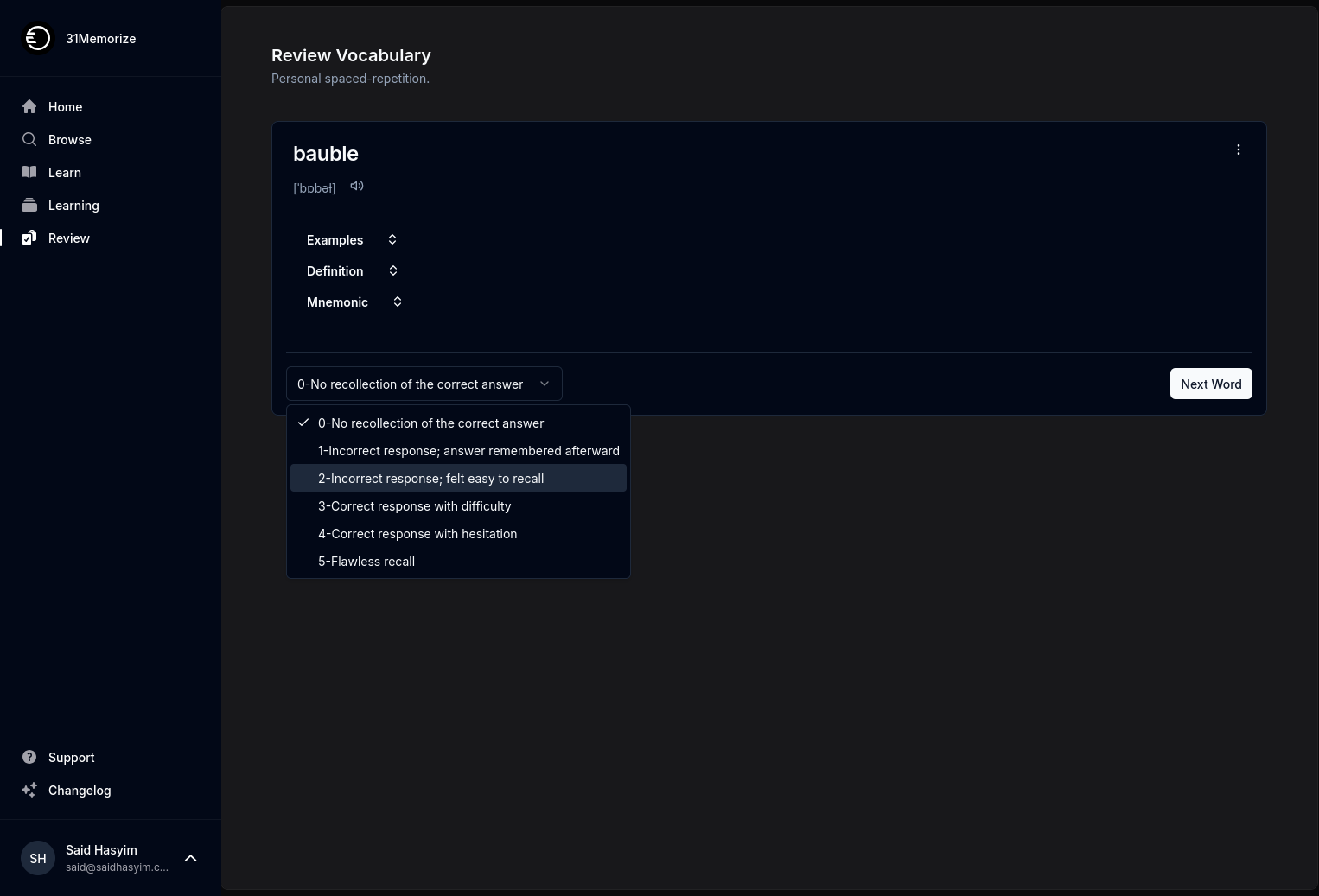Navigate the Noise: Monitoring Ratings Efficiently
In the digital age, the landscape of consumer feedback is a cacophony of voices, opinions, and experiences. With social media platforms, review sites, and private feedback mechanisms flooding the market, the challenge of effectively monitoring ratings can feel overwhelming. However, understanding how to navigate this noise is crucial for businesses and brands looking to enhance customer satisfaction, drive growth, and maintain a positive reputation. This blog post delves into effective strategies for monitoring ratings without succumbing to the chaos.
Understanding the Importance of Ratings
Before tackling the how-to of monitoring ratings, it’s essential to recognize why these ratings matter. Customer ratings serve multiple purposes:
- Customer Insights: Ratings provide a direct line to consumer sentiments, preferences, and pain points.
- Brand Reputation: High ratings can bolster a brand's reputation, while low ratings can damage credibility and deter potential customers.
- Competitive Analysis: Monitoring ratings across the industry can help businesses identify trends, gaps, and competitive advantages.
- Continuous Improvement: Feedback through ratings highlights areas for improvement, prompting businesses to refine their products or services.
Given these factors, efficient rating monitoring is not just a task—it's a necessity.
Challenges in Rating Monitoring
While the importance of ratings is clear, many organizations face significant challenges when it comes to monitoring them effectively:
- Volume of Data: The sheer volume of ratings scattered across various platforms can be daunting.
- Inconsistency: Ratings may come in different formats (stars, thumbs up, numerical scores), which complicates comparison and evaluation.
- Noise vs. Signal: Distinguishing constructive feedback from irrelevant noise requires a discerning approach.
- Dynamic Landscape: Ratings can change rapidly, making it difficult to keep up with the most current feedback.
Understanding these challenges is the first step toward establishing an efficient rating monitoring strategy.
Strategies for Effective Rating Monitoring
The following strategies aim to help businesses navigate the noise and extract valuable insights from ratings.
1. Centralize Your Data Sources
Identify where your ratings are located. These may include:
- Third-party Review Sites: Yelp, Google Reviews, TripAdvisor, and industry-specific platforms.
- Social Media: Facebook, Instagram, Twitter, and platforms where discussions about your brand may occur.
- Your Own Channels: Ratings and reviews collected directly via your website or email surveys.
By establishing a centralized system for collecting all ratings, you can create a more comprehensive view of your brand’s sentiment.
2. Leverage Technology
While we won't promote any specific products, consider using technological solutions that enable automation and aggregation. By employing tools that streamline the monitoring process, you can:
- Automate Data Collection: Use web scraping tools or APIs to extract ratings data from various platforms without manual input.
- Sentiment Analysis: Implement natural language processing (NLP) algorithms to determine the sentiment of written feedback. This can help you filter the noise and highlight key concerns or praises.
- Dashboards: Create visual dashboards that pull data from all sources. This helps to visualize trends, patterns, and changes over time.
3. Categorize Feedback
To differentiate between various types of feedback, establish categories based on:
- Sentiment: Positive, neutral, and negative.
- Theme: Specific areas of feedback, such as product quality, customer service, or delivery times.
With these categories, you can more easily spot trends and prioritize action items based on the most pressing consumer issues.
4. Set Up Alerts
Given that ratings can change frequently, establishing a system for alerts allows you to stay informed about significant spikes or drops in ratings. This proactive approach means you can address issues before they escalate, actively managing your brand reputation.
5. Engage with Your Audience
Rather than merely collecting ratings, engage with the audience. Respond to feedback—whether positive or negative. This will not only enhance customer satisfaction but also provide valuable insights into consumer sentiment.
- Thank Positive Reviewers: Acknowledge and appreciate customers who provide high ratings.
- Address Negative Feedback: Respond professionally to critical feedback, seeking to resolve the issue or clarify misunderstandings. This may turn detractors into advocates.
6. Regular Review and Adjustment
Monitor your rating metrics on a regular basis—weekly, monthly, or quarterly, depending on the volume of data. Use these reviews to assess whether your strategies are effective and make adjustments as needed. This iterative process is key to refining your interpretation of ratings over time.
Conclusion
Navigating the noise of ratings may seem daunting, but with a structured approach, it can become an invaluable part of your business strategy. By centralizing data, leveraging technology, categorizing feedback, setting up alerts, engaging with your audience, and regularly reviewing processes, you can efficiently monitor ratings and derive actionable insights.
In the end, the goal is not just to collect ratings but to understand what they communicate about your brand and how you can leverage them to drive improvement and satisfaction. While the noise may be loud, the insights from ratings can cut through it, guiding your path to success. Embrace this opportunity to listen to your customers, adapt your strategies, and flourish in a competitive landscape.
